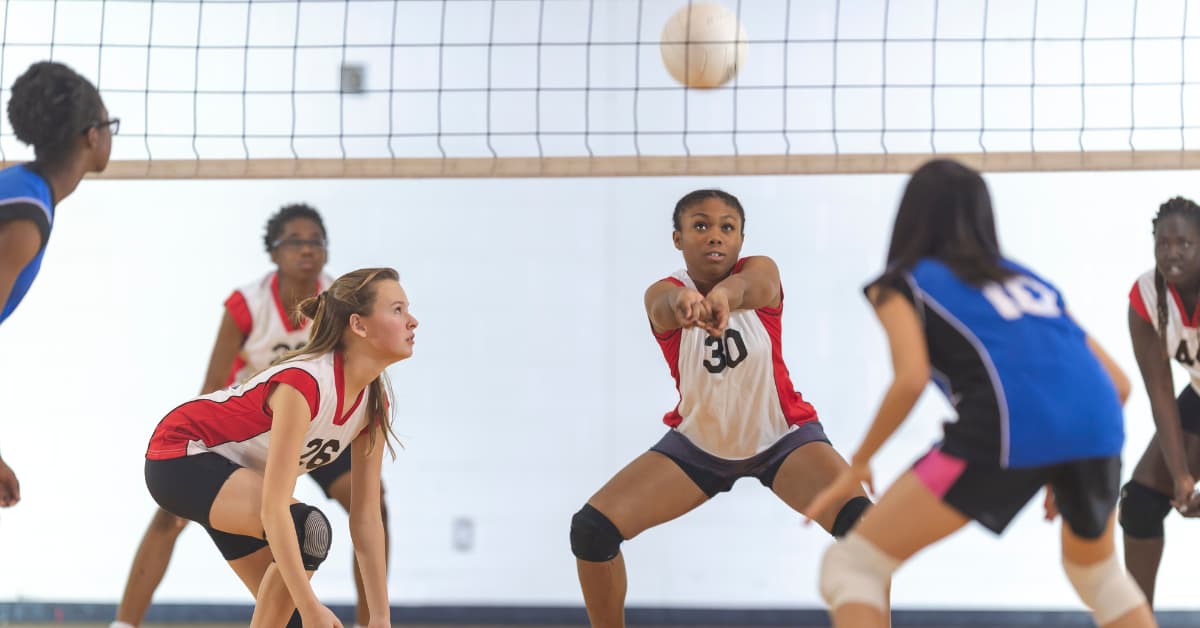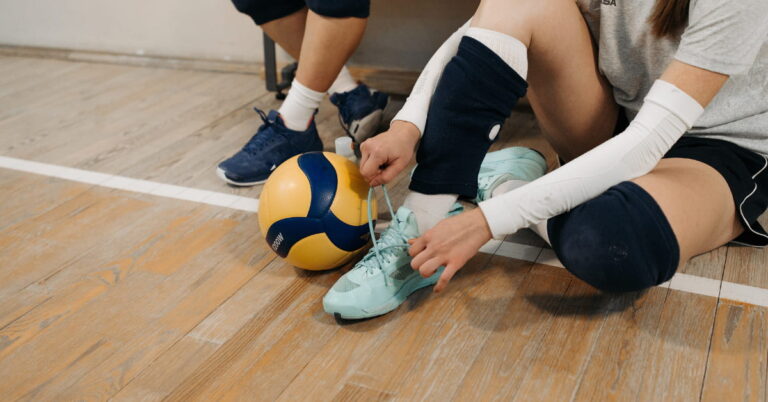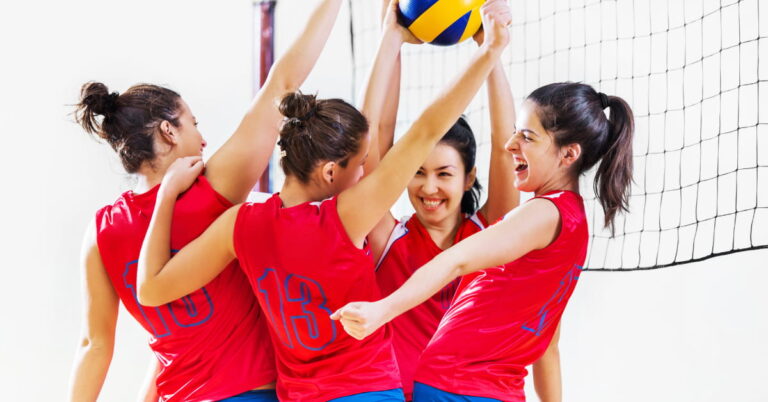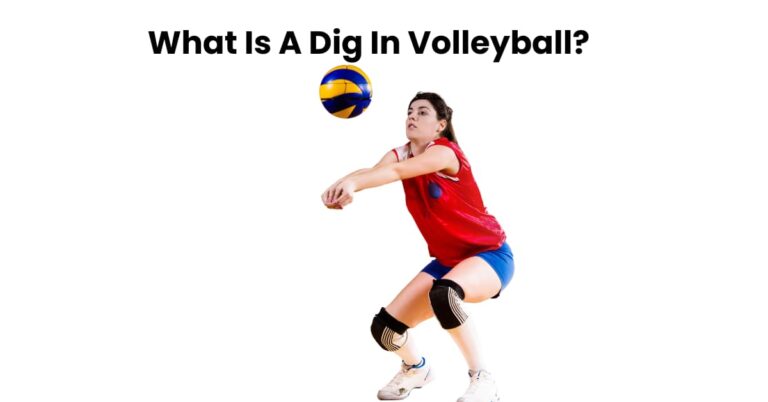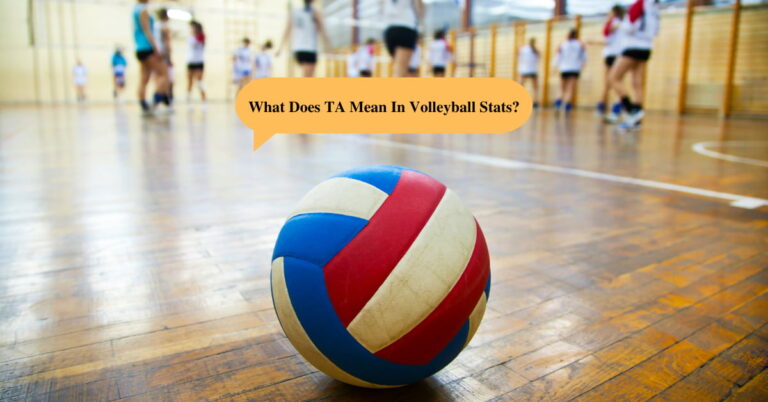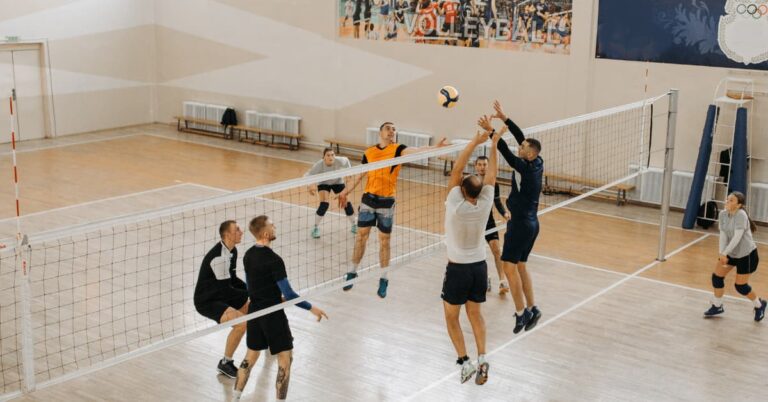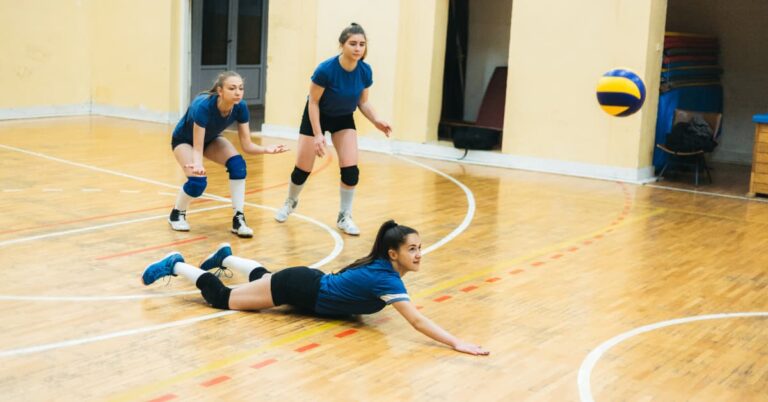How to Improve Digging in Volleyball: Best Defense!
Digging is a fundamental defensive skill in volleyball that can make the difference between keeping the play alive and losing a point. A successful dig requires quick reflexes, proper technique, and a lot of practice.
In this comprehensive guide, we’ll cover the essential tips and drills to enhance your digging ability and become a key defender on your volleyball team.
Understanding the Basics of Digging
Before diving into the improvement techniques, let’s understand what digging really is. A Dig is performed when a player passes a hard-driven ball hit by the opponent. The primary goal of digging is to prevent the ball from hitting the court on your side, thus setting it up for a counterattack.
Proper Digging Technique
Form is crucial in executing an effective dig. Here’s how to position your body:
- Stand with your feet shoulder-width apart
- Keep your knees bent and your weight on your toes
- Lean forward slightly with your arms extended and ready to move
- Place your hands together to form a flat platform with your forearms
When the ball approaches, push your platform towards the ball and absorb the impact to control it, aiming towards the setter’s position.
Footwork for Effective Digging
Good footwork is essential for reaching balls that aren’t hit directly at you. Follow these steps to improve your footwork:
1. Always stay on your toes and be ready to move in any direction.
2. Use shuffle steps to move side to side quickly and efficiently.
3. For distant balls, cross-step or sprint to reach the target.
4. After moving, plant your feet to establish a stable base for the dig.
Anticipation and Reading the Hitter
Developing the ability to anticipate where the ball is going can drastically improve your digging. You can enhance this skill by:
- Watching the hitter’s approach and arm swing to predict the trajectory
- Noticing the setter’s position and the type of set being delivered
- Reading the hitters’ body language and eye direction
Digging Drills to Practice
Consistent practice through drills will reinforce your digging technique. Here are some effective drills:
| Drill Name | Description | Focus Area |
| Wall Ball Drill | Repeatedly pass a volleyball against a wall at different angles and speeds. | Control and Reaction Time |
| Partner Dig Drill | Work with a partner taking turns to hit the ball at each other, requiring a dig. | Accuracy and Reflexes |
| Defensive Circuit | Set up a circuit with various defensive stations to simulate game-like Digs. | Stamina and Diverse Ball Handling |
Common Mistakes to Avoid
While learning to dig effectively, avoid these common mistakes:
- Incorrect hand position: Always keep your hands together forming a flat platform.
- Poor stance: Maintain a low center of gravity with knees bent.
- Over Reliance on arms: Use your legs to drive the dig and not just your arms.
- Lack of focus: Stay alert and anticipate the hitter’s movements at all times.
Frequently Asked Questions
What Is Volleyball Digging?
Digging in volleyball is a defensive move aimed at preventing the ball from touching the court after an opponent’s attack hit.
How Can I Improve My Volleyball Digs?
Improving volleyball digs involves practicing footwork, anticipation, and reaction drills to enhance agility and defensive technique.
What Techniques Enhance Volleyball Digs?
Proper positioning, staying low, and using a balanced stance will significantly enhance the effectiveness of volleyball digs.
Which Drills Are Best For Dig Improvement?
Drills focusing on lateral movements, controlled platform angles, and fast transitions from standing to the defensive position improve dig skills.
Conclusion
Improving your digging skills in volleyball requires attention to technique, consistent practice, and an ability to read the game. Integrate the tips and drills provided in this guide into your training routine, and you’ll be on your way to becoming a digging expert.
Remember, the best defense is a good offense, and with superior digging skills, you can provide your team with both.

